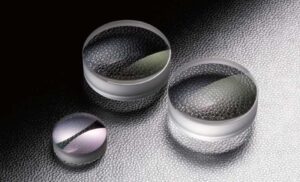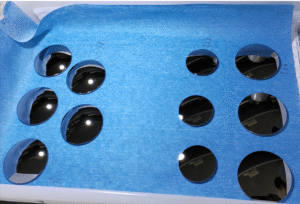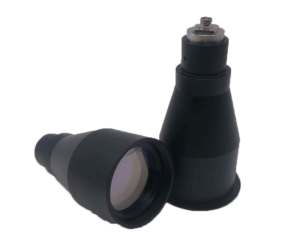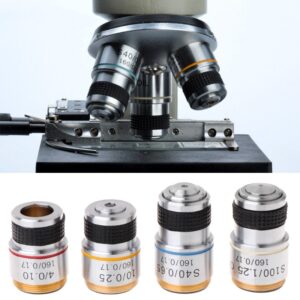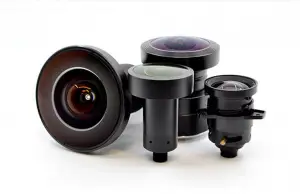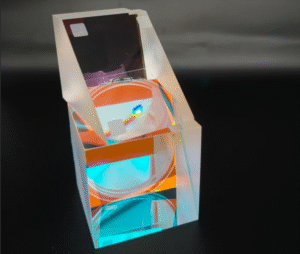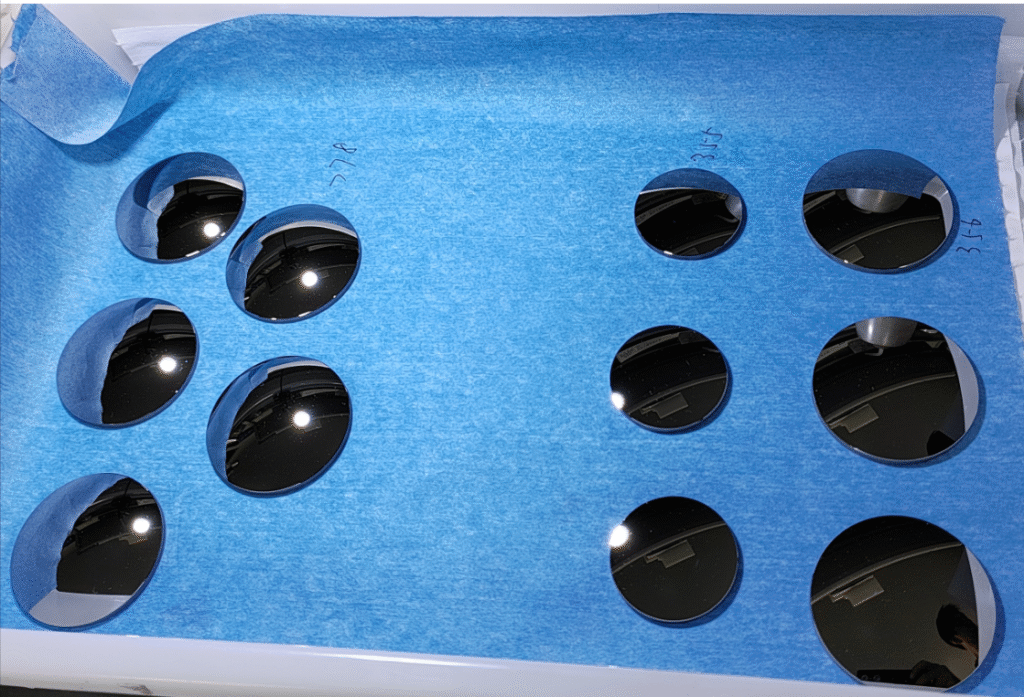Introduction: What Is an Infrared Lens?
An infrared (IR) lens is designed to focus, transmit, or filter light in the infrared spectrum, typically ranging from 0.7 µm to 14 µm. Unlike standard glass optics, infrared lenses require specialized materials—such as germanium, zinc selenide, silicon, or chalcogenide glass—that offer high transmission in the IR range.
Infrared optics are critical in thermal imaging, night vision, industrial monitoring, and consumer electronics. From IR lens filters for smartphones to infrared zoom lenses for defense systems, these components enable accurate detection and imaging beyond visible light.

Common Types of Infrared Lenses and Filters
| Infrared Lens Type | Wavelength Range | Typical Applications |
|---|---|---|
| Germanium Lens | 2–14 µm | Thermal cameras, military, industrial sensors |
| Infrared Lens Filter | 0.7–14 µm | Selective wavelength filtering in cameras |
| Infrared Fresnel Lens | 8–14 µm | Motion detectors, PIR sensors |
| Infrared Zoom Lens | 3–12 µm | Long-range thermal imaging, surveillance |
| Infrared Hot Spot Lens | 8–12 µm | Detecting heat leaks and energy efficiency |
| Infrared Sensor Lens | 1–12 µm | Gas sensing, medical devices |
Infrared Lens Materials
The performance of an IR lens depends heavily on its material. Some of the most common infrared lens materials include:
- Germanium Lens – High refractive index, excellent transmission from 2–14 µm, widely used in thermal imaging.
- Zinc Selenide (ZnSe) – Low absorption, suitable for CO₂ laser optics and IR windows.
- Silicon – Lightweight, durable, transmission range from 1.2–7 µm, ideal for NIR applications.
- Chalcogenide Glass – Cost-effective alternative for mass-produced IR lenses.
- Sapphire – Transparent in visible and IR, excellent for harsh environments.
👉 For a full list of materials and coatings, see our Custom Infrared Optics page.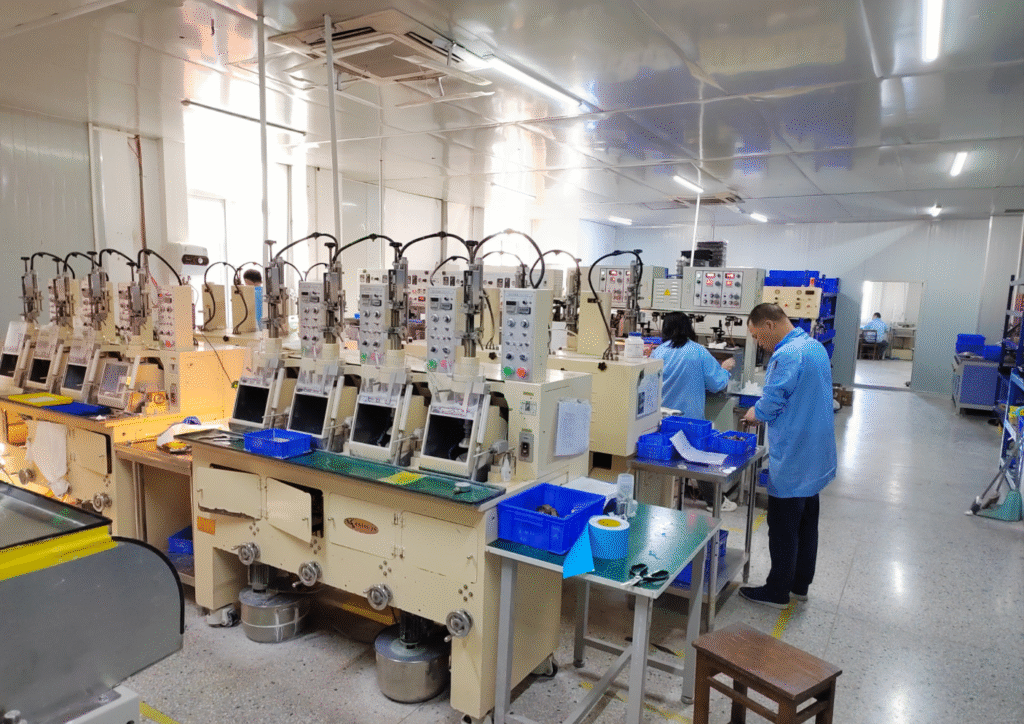
Infrared Lens Applications
1. Thermal Imaging Lenses
Thermal imaging lenses convert heat signatures into clear thermal images. These are essential in:
- Defense and security – Night vision, target acquisition.
- Medical devices – Fever detection, diagnostic imaging.
- Industrial use – Heat loss inspection, predictive maintenance.
2. Infrared Lenses for Smartphones
Modern smartphones increasingly support IR functions. Examples include:
- Infrared filter for iPhone – Used for photography and AR sensing.
- Infrared lens for smartphone – Enables low-light or night vision features.
- Infrared filter iPhone camera hacks – Popular in photography communities.
3. IR Filters for Cameras & Flashlights
- Infrared filter for digital camera – Converts a normal DSLR into an infrared-sensitive device.
- IR lens filter for flashlight – Used in hunting, search & rescue, and tactical operations.
4. Specialized IR Optics
- Infrared Fresnel Lens – Lightweight, cost-effective option for sensors and detectors.
- Infrared Hot Spot Lens – Detects specific heat sources for energy audits and fire safety.
- Infrared Zoom Lens – Enables variable focal length for surveillance and scientific instruments.
Why Choose Custom Infrared Lenses?
Off-the-shelf IR lenses rarely meet specialized requirements. At Bote Optics, we provide:
- Custom IR lens design (aspheric, Fresnel, or zoom optics).
- Precision infrared coatings (DLC, BBAR, AR).
- Full inspection and testing in Singapore and Nanjing facilities.
- Flexible prototyping and mass production.
Whether you need a germanium lens for defense, or a custom infrared sensor lens for a medical device, we can deliver high-performance solutions tailored to your application.
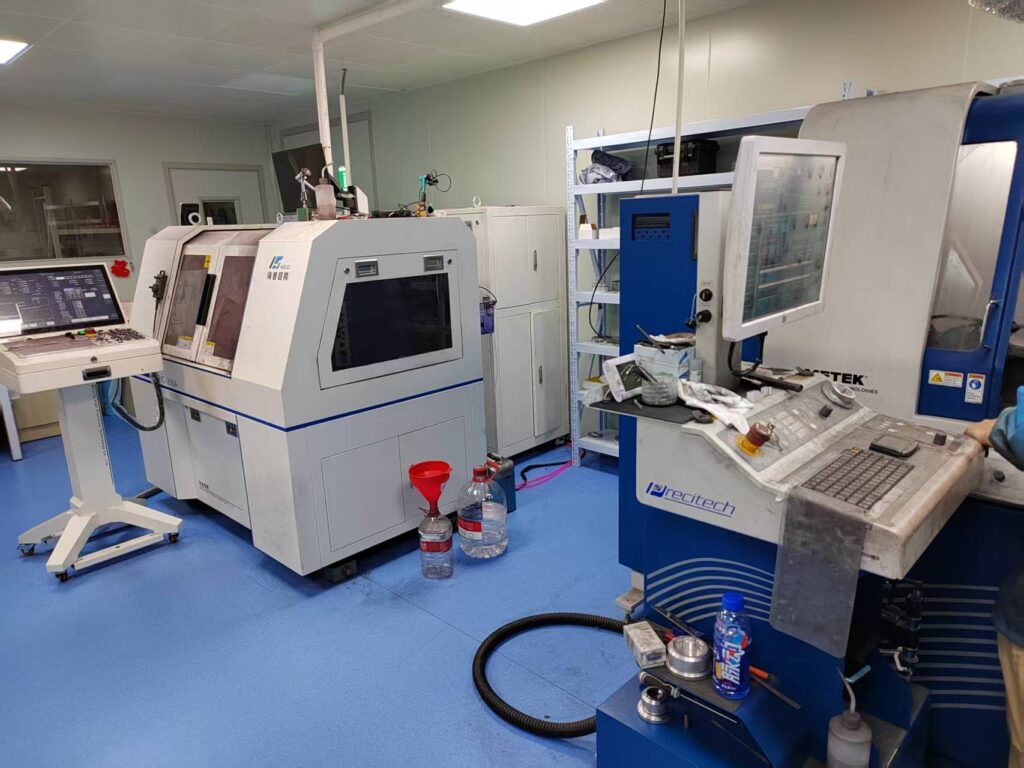
FAQs on Infrared Lenses
Q1: What is an infrared lens filter?
An infrared lens filter selectively transmits IR wavelengths while blocking visible light. It is used in photography, thermal imaging, and sensors.
Q2: What is the best infrared lens material?
Germanium is the most widely used due to its high transmission in the 8–14 µm range, making it ideal for thermal imaging.
Q3: Can I use an infrared filter on my iPhone?
Yes. An infrared filter for iPhone can enhance photography by capturing wavelengths invisible to the naked eye.
Q4: What is an infrared zoom lens used for?
It allows variable magnification in thermal cameras, commonly used in surveillance and border security.
Q5: Does Bote provide custom IR lens manufacturing?
Yes. We design and manufacture custom IR lenses, including germanium lenses, Fresnel lenses, and infrared zoom lenses.

Conclusion
The infrared lens market spans from everyday smartphone filters to advanced thermal imaging optics used in defense and medical fields. Choosing the right infrared lens material, coating, and design ensures performance and durability.
At Bote Optics, we specialize in custom infrared optics, delivering solutions for global customers who require precision and reliability.
Related Reads:
- What Is Interferometry?
- High-Precision IR Filters | Custom Infrared Bandpass Filters for Optical Systems
- Spherical vs Aspherical: Optical Design Tips
Boost your optics performance with custom aspheric lenses—engineered for precision, designed for excellence.

